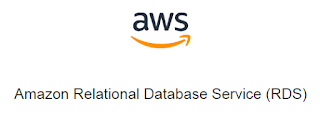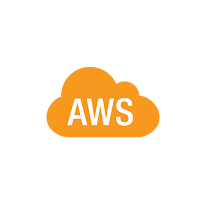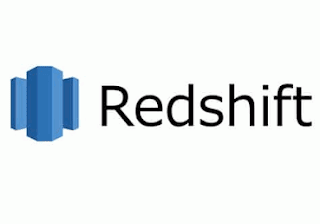Job with Birlasoft looking for Java professionals

Experience required for the Job: 4 - 6 years Annual Salary of the Job: Job Location: Chennai, Noida Excellent Opportunity with Birla soft (India) Ltd for Java professionals at Chennai/Noida location. Company profile: Birlasoft a Software Application Development and Service provider is a part of the Global $ 1.6 Billion CK Birla Group and having 20,000 employees across the globe. Birlasoft is a part of GE Capital Strategic Partnership Program. Birlasoft offers IT services across the Globe, with operations in Bangalore, Chennai, Hyderabad and 3 centers in Noida. We have our Global operations in USA, UK, Asia Pacific, and Middle East. We are appraised at CMMI-DEV and CMMI-SVC V1.3 Level 5. Skills required - Java, Python, AWS, EMR Experience: 4-6 years Work Location: Chennai/Noida Job Description: 4-5 years of IT experience Strongs development experience on AWS EMR, Lambda, S3 services. Strong development skills in Java/Scala or Python Strong development experine...







